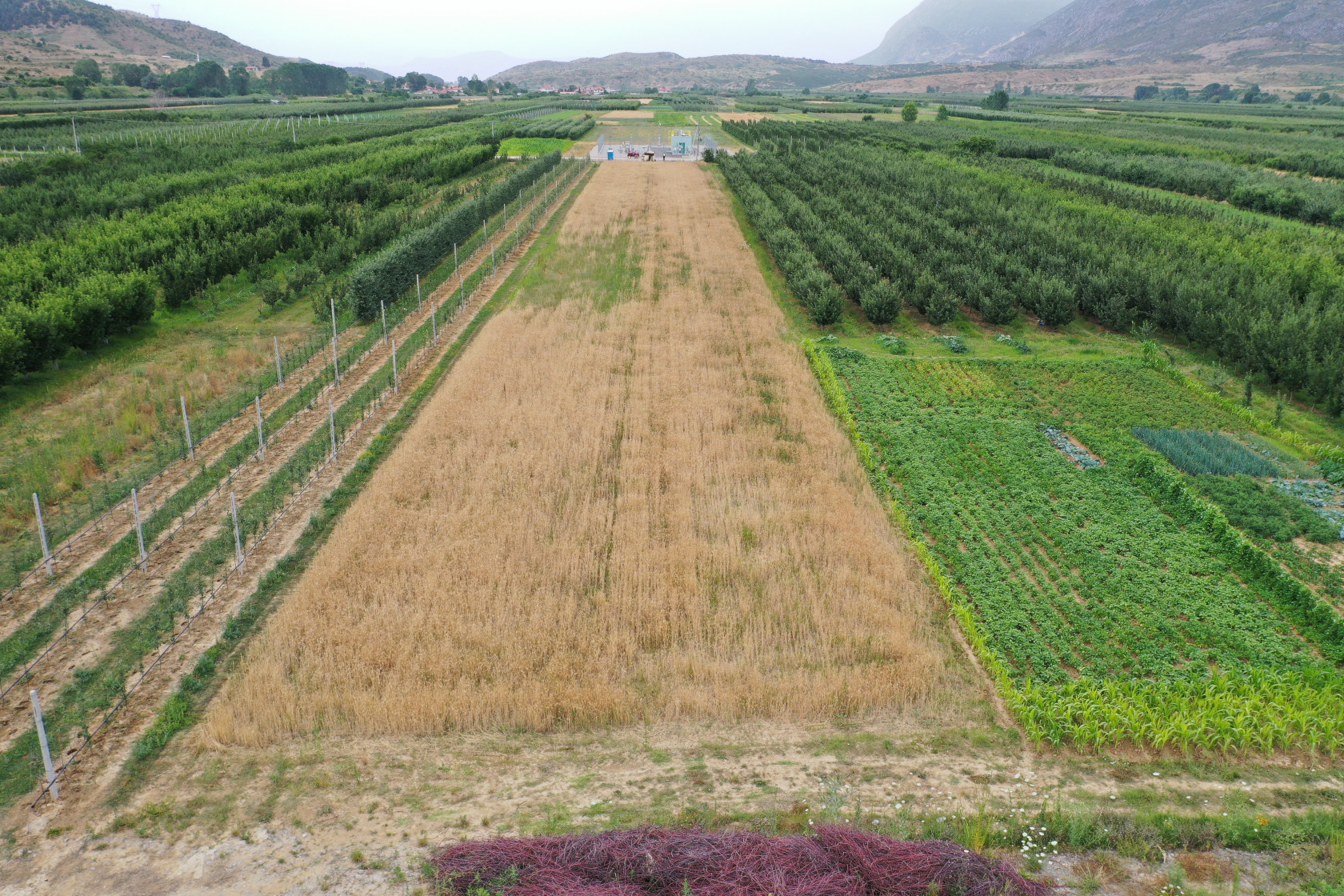TIRANA, November 16
In typical Swiss style, the Trans Adriatic Pipeline met its precise time estimations and began operations, as expected, by mid-November. TAP an 878-km gas transportation system crossing Greece, Albania, the Adriatic Sea, and Italy, began commercial operations over the weekend, TAP-AG announced on Sunday. The construction of the pipeline that began four and a half years ago was considered substantially completed by mid-October. The project is part of the Southern Gas Corridor, a gateway project that will transport 10 billion cubic meters (bcm/a) of new gas supplies from Azerbaijan to multiple markets in Europe. At the same time, it is the first direct pipeline between the Shah Deniz II field in the Azerbaijani sector of the Caspian Sea and Europe.
“As a new transmission system operator, developed and built in compliance with best industry practices and standards, TAP enables double diversification: a new, reliable and sustainable energy route and source of gas reaching millions of European end-users, for decades to come,” TAP’s Managing Director Luca Schieppati said.
On his part, Chairman of TAP’s Board of Directors Murad Heydarov said that the pipeline ensures that Europe can receive supplies from yet another source while supporting the key EU objectives of achieving an integrated energy market, and a sustainable, secure and diversified energy mix, contributing to ongoing streams towards clean energy transition.

During the last years, TAP was a key contributor to Albania’s FDI inflow. In Albania, the pipeline route travels from the municipality of Devoll, in the Korca region, approximately 215 kilometers across the land, before entering the Adriatic Sea. TAP has a metering station at Bilisht, near the Albanian-Greek border, with eight block valve stations and one landfall station. The pipeline arrives at the Adriatic coast 17 kilometers north-west of Fier. TAP has a compressor station 400 meters inland from the shoreline.
Based on research by Oxford Economics, the operational effects of the project such as contribution to the GDP and jobs are scheduled to continue for 50 years, providing a consistent boost to Albanian economic activity.
Based on the available data 13,000 pipes were used in the Albanian section of the pipeline. TAP’s marshaling yard, the place where the pipes were stored, in Durres has the size of ten football pitches. The first steel pipes were shipped to Albania in April 2016. The construction of the Albanian section started in September 2016. Pipes shipment to Albania was completed in October 2017.
Over 200,000 tons of pipes, machinery, and equipment have been delivered to Durresi Port between April 2016 and October 2017. The deepest point of the pipeline in the offshore section is 820 meters below the Adriatic Sea level.
Till November 2017, over 210 sites and cultural monuments were discovered near the pipeline route. Several important discoveries were made, dating from the early Neolithic period to the 18th century, mainly in the area of Korca, Skrapari, and Berat. In May 2017, TAP uncovered an ancient settlement near Korca and, in July 2016, discovered a column capital part of the 6th century AD religious monument.
“As a key part of the Southern Gas Corridor, TAP is strategically and economically important to Europe and essential in providing reliable access to a new source of natural gas. TAP plays a significant role in boosting Europe’s energy security, supply diversification, as well as decarbonization objectives,” the announcement says.
TAP’s shareholding is comprised of BP (20%), SOCAR (20%), Snam (20%), Fluxys (19%), Enagás (16%) and Axpo (5%).
Source/Photo Credit: TAP-AG

Leave a Reply
You must be logged in to post a comment.